Building Codes and Regulations: What’s Changing for Log Cabins in 2024?
As the popularity of log cabins continues to rise, so does the complexity of building codes and regulations governing their construction. In 2024, several changes in these codes are expected to significantly impact the log cabin industry. Understanding these changes is crucial for builders, buyers, and investors alike. This article will explore the key changes in building codes and regulations, their implications for log cabin construction, and actionable solutions to navigate these evolving requirements.
For log cabins, specific codes address the unique aspects of wood construction, such as wood treatment, insulation requirements, and structural stability. In 2024, several trends in building codes are set to emerge, primarily driven by advancements in technology and increasing environmental concerns.
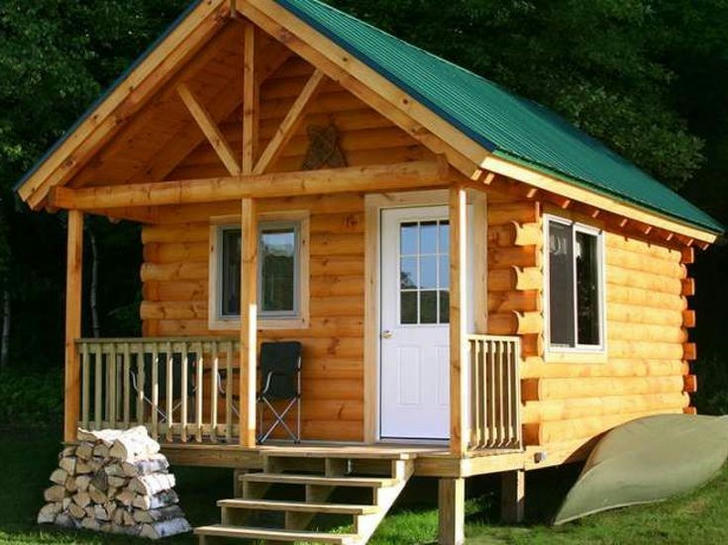
Key Changes in Building Codes for Log Cabins in 2024
1.Enhanced Energy Efficiency Standards
One of the most significant changes in building codes for log cabins in 2024 is the introduction of stricter energy efficiency standards. These standards aim to reduce energy consumption and greenhouse gas emissions. For log cabin builders, this means adhering to guidelines that require better insulation, energy-efficient windows, and heating systems.
Consider a family that recently built a log cabin in the mountains. They opted for insulated logs and energy-efficient windows as part of their design. After the first winter, they reported a noticeable reduction in heating costs, saving over 30% compared to their previous home. The cabin remained warm and comfortable, even during extreme cold, demonstrating the effectiveness of enhanced energy standards.
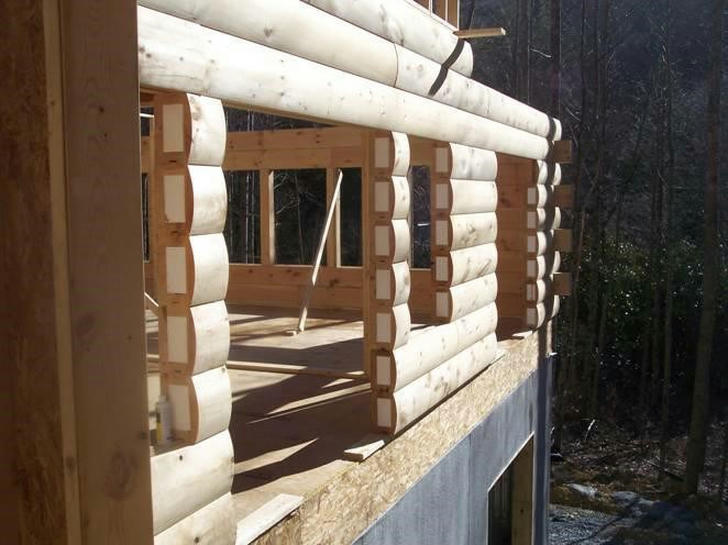
Implementation Steps:
Conduct Energy Audits: Builders should perform energy audits on proposed designs to identify areas for improvement. This can include assessing insulation levels, window performance, and HVAC systems.
Incorporate Energy-Efficient Materials: Use materials like insulated logs and high-performance windows to meet the new standards. Sourcing these materials from certified suppliers can ensure compliance.
Invest in Renewable Energy Sources: Incorporate solar panels or geothermal heating systems in designs to enhance energy efficiency further. Installing solar panels can significantly reduce reliance on non-renewable energy sources, helping to meet energy efficiency standards and lower energy bills for homeowners.
2.Fire Safety Regulations
Fire safety has always been a priority in building codes, but recent events have heightened awareness of the risks associated with wood structures. In 2024, log cabin builders will face stricter fire safety regulations, including requirements for fire-resistant materials and enhanced fire suppression systems.
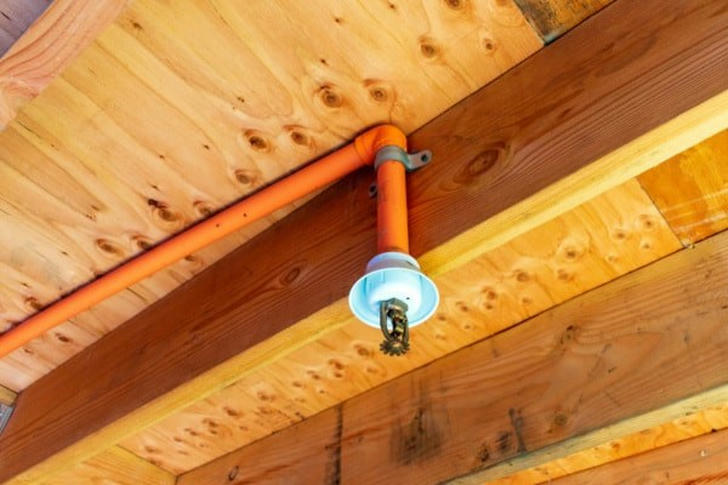
Implementation Steps:
Use Fire-Resistant Treatments: Apply fire-retardant treatments to logs and other wooden elements. These treatments can significantly slow the spread of flames and provide more time for evacuation.
Install Sprinkler Systems: Consider installing automatic sprinkler systems in larger log cabins. This can reduce the risk of fire damage and meet new regulatory requirements.
Create Firebreak Zones: Design the surrounding landscape to include firebreak zones, which can help prevent wildfires from reaching the cabin. Maintaining a defensible space around the property by clearing flammable vegetation can further enhance safety.
3.Zoning and Land Use Regulations
As more people seek to build log cabins in rural and remote areas, zoning regulations are becoming increasingly important. In 2024, builders must navigate complex zoning laws that may dictate where cabins can be built, their size, and their impact on the environment.
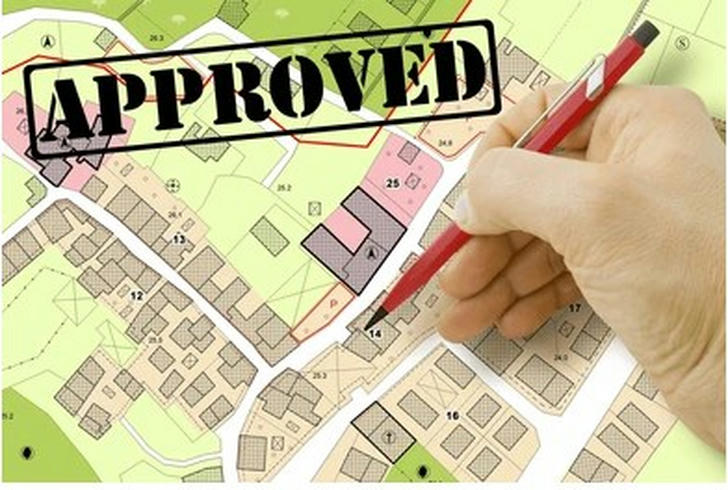
Implementation Steps:
Research Local Zoning Laws: Before purchasing land, builders should thoroughly research local zoning regulations. Understanding these rules can prevent costly legal challenges later.
Engage with Local Authorities: Maintain open communication with local zoning boards and planning commissions. This can help builders stay informed about any changes or upcoming regulations. Attending local meetings can also provide insights into community concerns that may impact zoning decisions.
Consider Community Impact: When planning a cabin, consider its environmental impact on the surrounding area. Employing sustainable practices can help mitigate potential concerns from local authorities. Engaging with the community during the planning process can also foster goodwill and support for the project.
4.Sustainability and Environmental Regulations
With growing awareness of climate change, sustainability regulations are becoming a significant focus for building codes. Log cabin builders will need to demonstrate their commitment to environmentally friendly practices in 2024.
A log cabin owner decided to use reclaimed wood for their build, sourced from old barns in the area. Not only did this choice meet sustainability standards, but it also provided a unique aesthetic appeal. The owner reported that the eco-friendly approach attracted environmentally conscious buyers when they decided to sell, highlighting the market advantage of sustainable building practices.
Implementation Steps:
Source Sustainable Materials: Prioritize using sustainably harvested timber and other eco-friendly materials. Certifications such as Forest Stewardship Council (FSC) can provide assurance of sustainable sourcing. Builders can also consider reclaimed wood, which reduces the demand for new timber and minimizes waste.
Create Green Certifications: Aim for green building certifications like LEED (Leadership in Energy and Environmental Design) or similar local certifications. These credentials can enhance the marketability of log cabins and demonstrate a commitment to sustainability.
5.Accessibility Regulations
As inclusivity becomes a priority in construction, accessibility regulations are increasingly influencing building codes. In 2024, log cabins must meet standards for accessibility, ensuring that they can be used by individuals with disabilities.
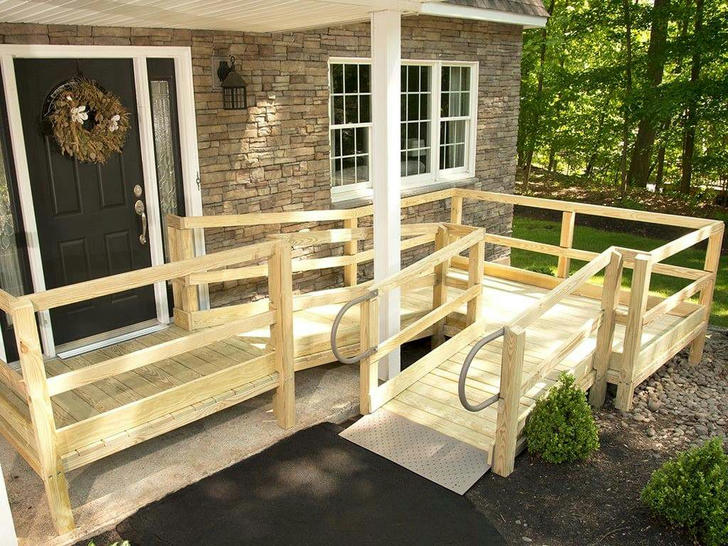
Implementation Steps:
Design for Accessibility: Incorporate features such as ramps, wider doorways, and accessible bathrooms into cabin designs. This ensures that all potential residents and visitors can navigate the space comfortably.
Consult Accessibility Guidelines: Refer to guidelines such as the Americans with Disabilities Act (ADA) to understand the specific requirements for accessibility in residential buildings. Ensuring compliance can prevent legal issues and promote inclusivity.
Conclusion
Navigating the changing landscape of building codes and regulations in 2024 presents challenges and opportunities for the log cabin industry. By understanding and adapting to these changes, builders can ensure compliance, enhance safety, and promote sustainability. Implementing actionable steps, such as conducting energy audits, using fire-resistant materials, and engaging with local authorities, will be crucial for successfully constructing log cabins in the coming year.
